
Types of the 2¢ Washington
Type I
Also See: Quick and dirty guide to the Types of the 2¢ Offset Washington
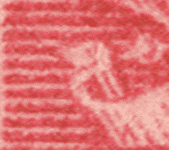
1. Left Ribbon
One line at the end of the left ribbon. This feature is the one that most U.S. collectors examine first to separate the Type III stamps. If there is 1 line of shading it can not be a Type III. Conversely, if it has 2 lines of shading, it must be a Type III.
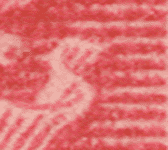
2. Right Ribbon
One line of shading in the last fold of the right ribbon.
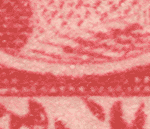
3. Toga Rope
The line at the top of the toga rope is poorly defined. The lines of the rope are wider at the bottom than at the top. This is a typical example. Many Type I stamps have a much clearer definition of the line at the top of the rope and the lines of the rope are not that much wider at the bottom than the top. Still, it will never be as sharp as that in the Type Ia or Type II.

4. Toga Button
The lines in the toga button are poorly defined. This is a typical example. Many Type I stamps have a clearer definition of these lines. Still, they will never be as sharp as those in the Type Ia or Type II stamps.
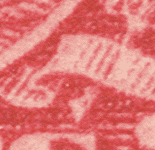
5. Middle of Right Ribbon
The line to the immediate right of the fold in the ribbon appears either solid or partially broken (as in this example). This is a typical example. Many Type I stamps have a clearer definition of this line. Still, it will never have three distinct sharp dashes as those in the Type II and somewhat in the Type III stamps.
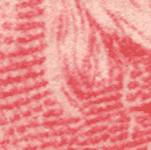
6. Line Between Cheek & Sideburn
The horizontal lines to the immediate left of the sideburn are not joined. This is a typical example. Many Type I stamps may have the bottom 2 or 3 lines lightly joined on stronger printings. However, it will never have 5 lines joined strongly as in the Type II.
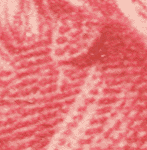
7. Line Under Ear
The white line under the ear is quite pronounced in the Type I stamp. This is actually a break in the horizontally printed lines below the ear.
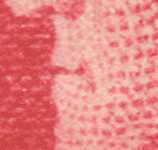
8. Shape of Mouth
The line of the mouth is straight across and may even curve upward slightly in the corner (the "smile").
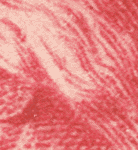
9. Locks of Hair
The bottom two locks of hair do not extend to the vertical lock of hair just to the right of them. This is often described as "the bottom lock of hair is shorter than the locks above it", although it isn't that apparent. This is another defining feature of Type I stamps.
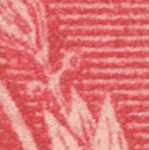
10. Top Right Laurel Berry
The top right laurel berry is an indistinct blob.





